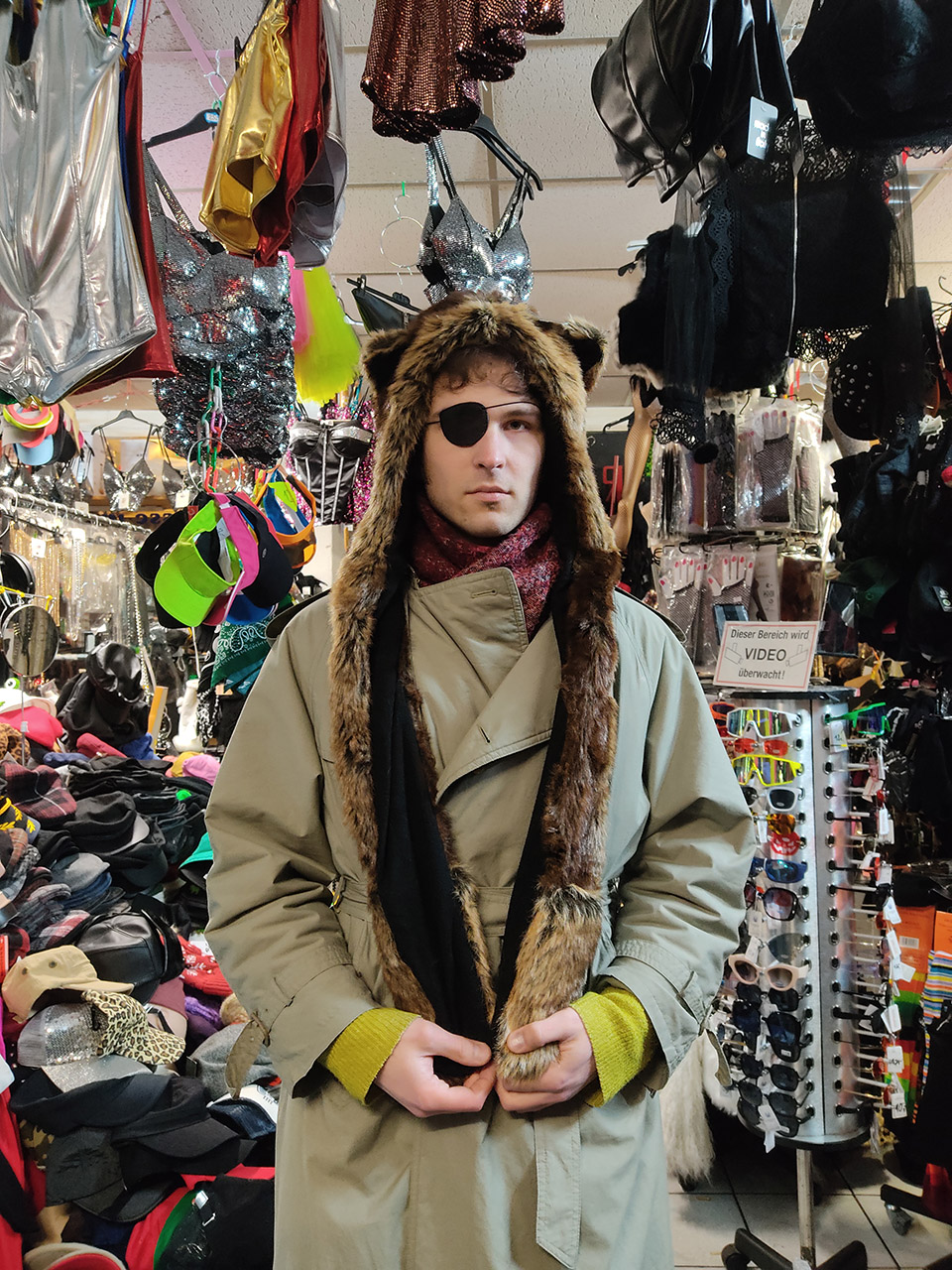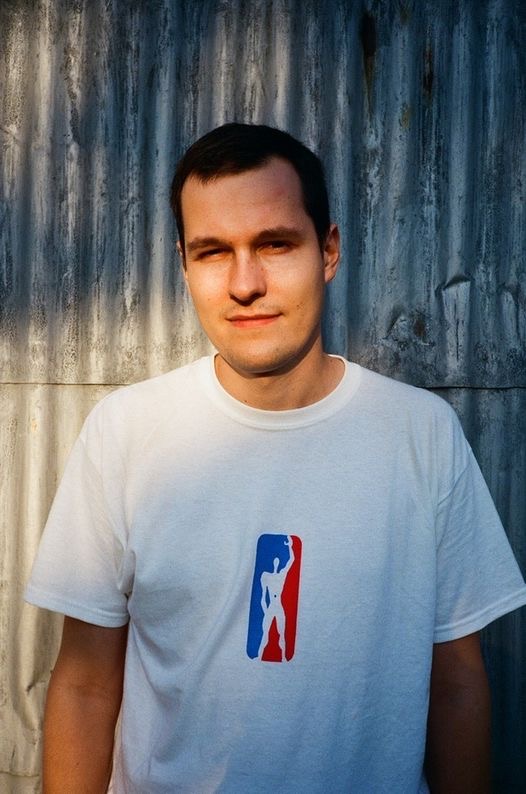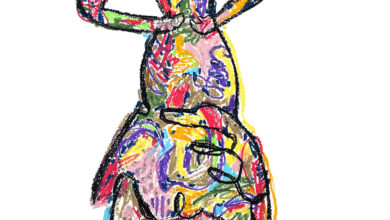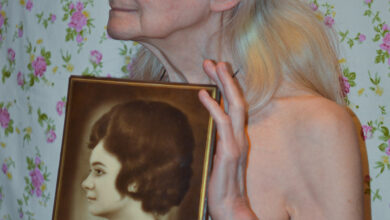
It has been one year since Russia began its full-scale invasion in Ukraine. One year since the people of Ukraine first began fleeing their homes in search of safety, mourning their civilian neighbors caught in the shelling, taking up arms to protect their freedom, supporting their fellow countrymen and women through tireless volunteering and donating, and starting the collective grieving process through creative arts. On the one-year anniversary of the beginning of the war, we present a grotesquely beautiful comic from Ukrainian duo Antony Reznik and Borys Filonenko. It paints a disturbing picture of the tyrannical power and violence of Putin’s Russia.
Comic by Antony Reznik and Borys Filonenko
Words by Borys Filonenko
The policy of linguistic terrorism in the lands occupied by the Bolsheviks radical party began even before their seizure of power. The use of comic names in the abbreviations of penal institutions (for example, СЛОН, the acronym for the Solovki special camp, which was a play on the Russian word for elephant), tactics of obfuscating names to erase memory (Khatyn/Katyn as toponyms of crimes in which murders committed by communists were attributed to executions organized by the Nazis), post-truth and blaming the victims (occupational wars against colonialism, waging war against genocide with mass executions and filtration camps), eventually devalued many important words that meant something until their inflation erased their meanings.
Our comic strip began as a response to this linguistic policy and offered another linguistic distortion: a reference to Putin’s nickname “moth” and Moscow as a fly (муха, or mosca). We imagined how the moth conquered the fly and controlled it. This montage in the spirit of Dada and surrealism led us to an infernal story in which different types of hell are distinguished and the question is asked: what kind of hell is this, in which the leader of the largest terrorist country in the world feels comfortable? In addition, Antony wanted to draw Baphomet, so we placed flies in the brains of which moths feed, in the eyes of a goat grazing in the meadows not far from the Kremlin.
It is said that Lenin went to the evenings of the Dadaists and hated the avant-garde. His successor, the neo-Stalinist Putin, needs an answer also from the side of artistic imagination and action.
I thought that this project would be a great pretext to include Baphomet into the story about literal Hell. There is a great story behind the image of Baphomet. This creature was made up by the church in the times of the Knights Templar. The church denounced this order in a worshiping Baphomet, during the Inquisition of the Knights Templar starting in 1307. That was the first time he was mentioned. As a result, a lot of Templar members were killed and it was literally the end of the order.
So, for me, Baphomet is a kind of a symbol of how such despotic structures as the church (especially the church back to the Middle Ages time) destroy the opposition. Such a metaphor could be applied to the modern regime in Russia.
In our project I consider Baphomet to be not a reason for political repressions or pretext for military aggression against the neighbour, but rather to embody all the madness of tyrannical power capable of going to the most despicable and destructive acts. Baphomet is a pure, crystal symbol of unrestrained violence.
— Antony Reznik



Our comic strip … offered another linguistic distortion: a reference to Putin’s nickname “moth” and Moscow as a fly (муха, or mosca). We imagined how the moth conquered the fly and controlled it.
— Borys Filonenko




The eye of Baphomet in our story is not only a frame. For me, it is a look that drives you crazy, that breaks reality down for you. We offered to take a look into this abyss.
— Antony Reznik




In the last two frames we see Baphomet himself. During the whole story we tried to lead the viewer to the sudden realization that everything happened on the body of a giant Beast who actually rules Moscow. It’s his kingdom.
So, The ending of the story is supposed to shock the viewer, I hope. That is what we wanted the reader to feel: fear, tremor and the realization that you can’t deal or negotiate with irrational Evil. You better prepare more tanks!
— Antony Reznik
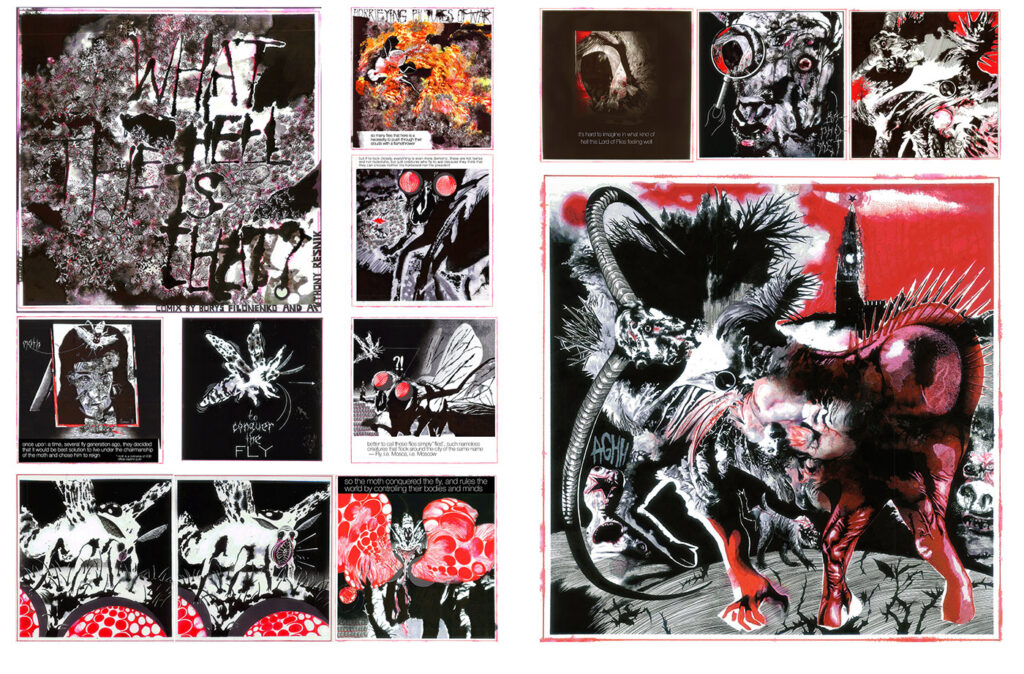
Intro and interview by Michaela Doyle
To boot…
Check out more of ZOOT’s coverage of Ukrainian artists and creators in our Ukraine calling section.

